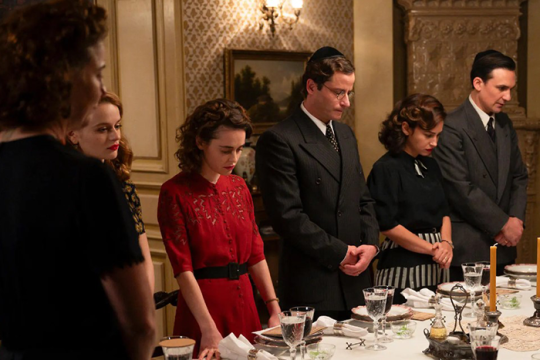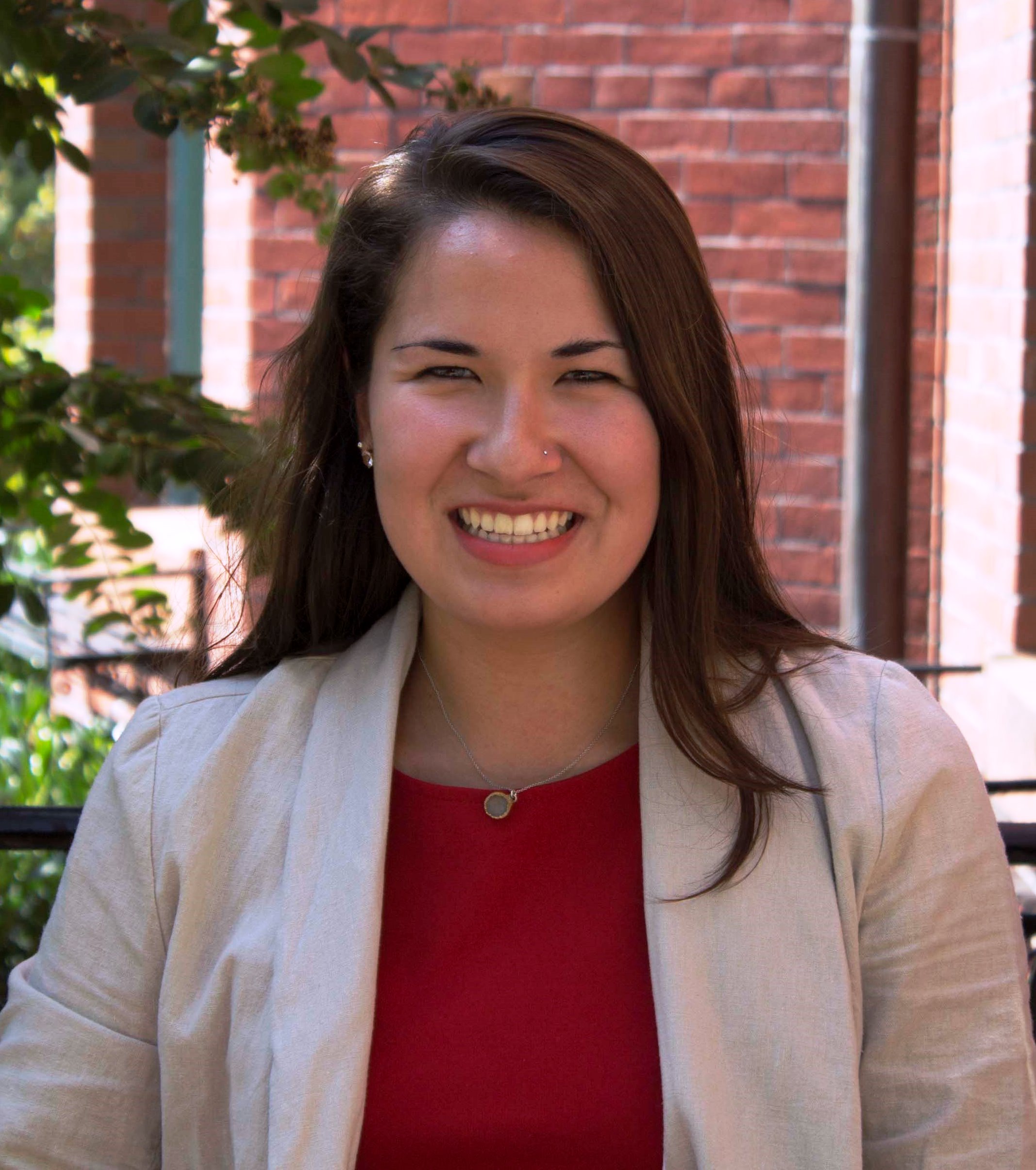
The end of the 113th Congress will mark a milestone for women in politics: for the first time in history, 100 women will serve together in Congress. After Democrat Alma Adams (NC-12) is sworn in tomorrow (replacing Mel Watt who left Congress to the run the Federal Housing Finance Agency), the 113th Congress will close out with 20 women Senators and 80 women Representatives, up from the 79 who served for most of the term.
In the 114th Congress, the number of women Senators will remain at 20, possibility rising to 21 should incumbent Mary Landrieu (D-LA) win her runoff in Louisiana, and anywhere from 81 to 85 women will serve in the House, depending on the outcome of races still too close to call.
Just 25 years ago, only 31 women served in Congress, and 25 years before that, there were only 11. We’ve made great strides in electing women to office. Yet, when you look at the larger picture, 100 is a dismal figure. One hundred women actually represent less than one-fifth of the 435 Representatives and 100 Senators that comprise Congress. When women are 51% of the population, our representation on Capitol Hill should at least come close to reflecting that figure. So, yes, 100 women on Capitol Hill marks a significant step for women in politics, but we have a long way to go until our Members of Congress truly represent the people.
During the summer of 2012, as a Machon Kaplan intern at the Religious Action Center of Reform Judaism, I visited Senator Claire McCaskill’s (D-MO) office. As a student at Washington University in St. Louis and a newly registered Missouri voter, I was eager to meet my senator and to hear firsthand about her support for bills I was working on at my internship with the Reform Jewish Movement, like the reauthorization of the Violence Against Women Act. What still stands out in my memory, however, is not what Senator McCaskill had to say about policy but rather her excitement for the possibility that the number of female senators would reach historic highs that November. And indeed, after that Election Day in 2012, the number of women in the Senate climbed to 20.
The following week, senators McCaskill and Amy Klobuchar (D-MN) tweeted that the increasing number was causing a traffic jam in the two-stall women’s restroom off the Senate floor. The senators’ remarks were somewhat in jest, but their observation was exactly on point to reveal how few women had historically served in the Senate. The restroom has since been expanded to accommodate the growing number of women Senators. We look forward to the necessity of further expansions in the future.
As the first Jewish denomination to ordain women as rabbis, we Reform Jews take pride in our long tradition of fighting for women’s equality in the rabbinate, in Jewish life, and in our greater society. We celebrate the increasing number of women in public leadership roles, yet we cannot rest knowing that unequal representation continues. By increasing the number of women in elected office, we create more role models for women’s engagement in public service, encouraging others - particularly young women - to raise their voices on the social justice issues that matter most to them. Equality must be reflected in the halls of government, where we pursue justice for everyone in our society.
Related Posts

“We Were the Lucky Ones:” Bringing The Holocaust Out of History Books and Into Our Homes

Harnessing the Power of our Mothers Around the Seder Table


